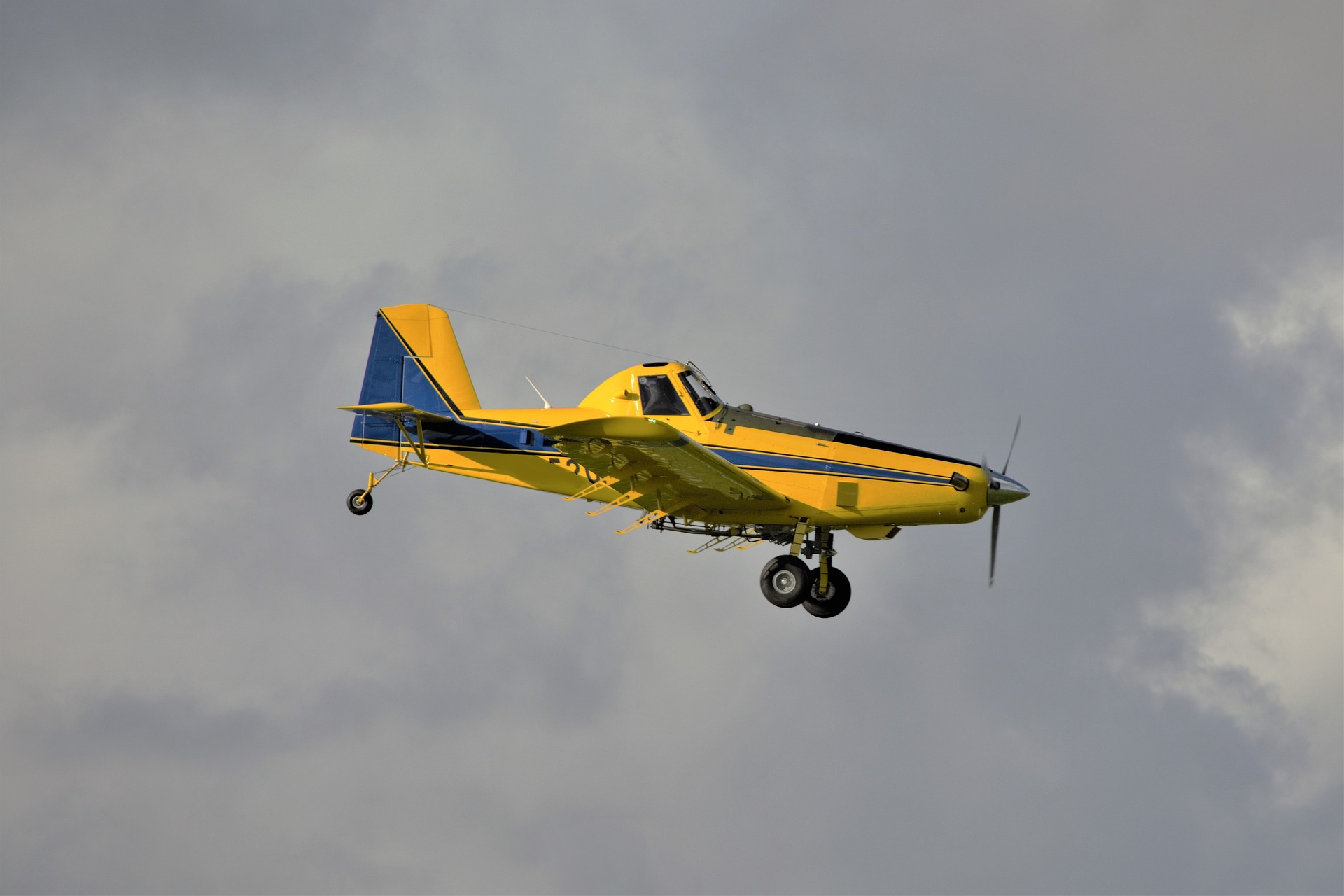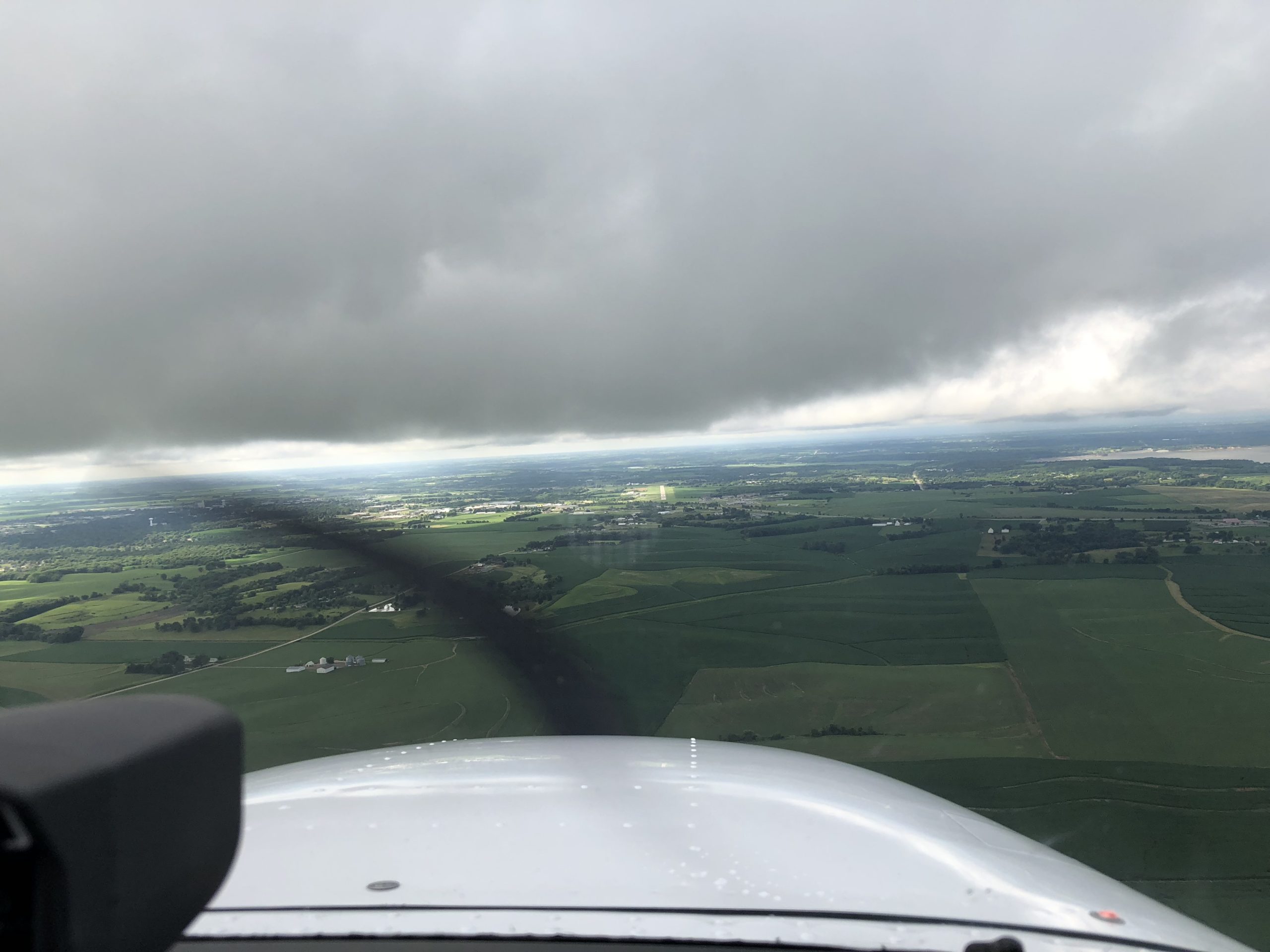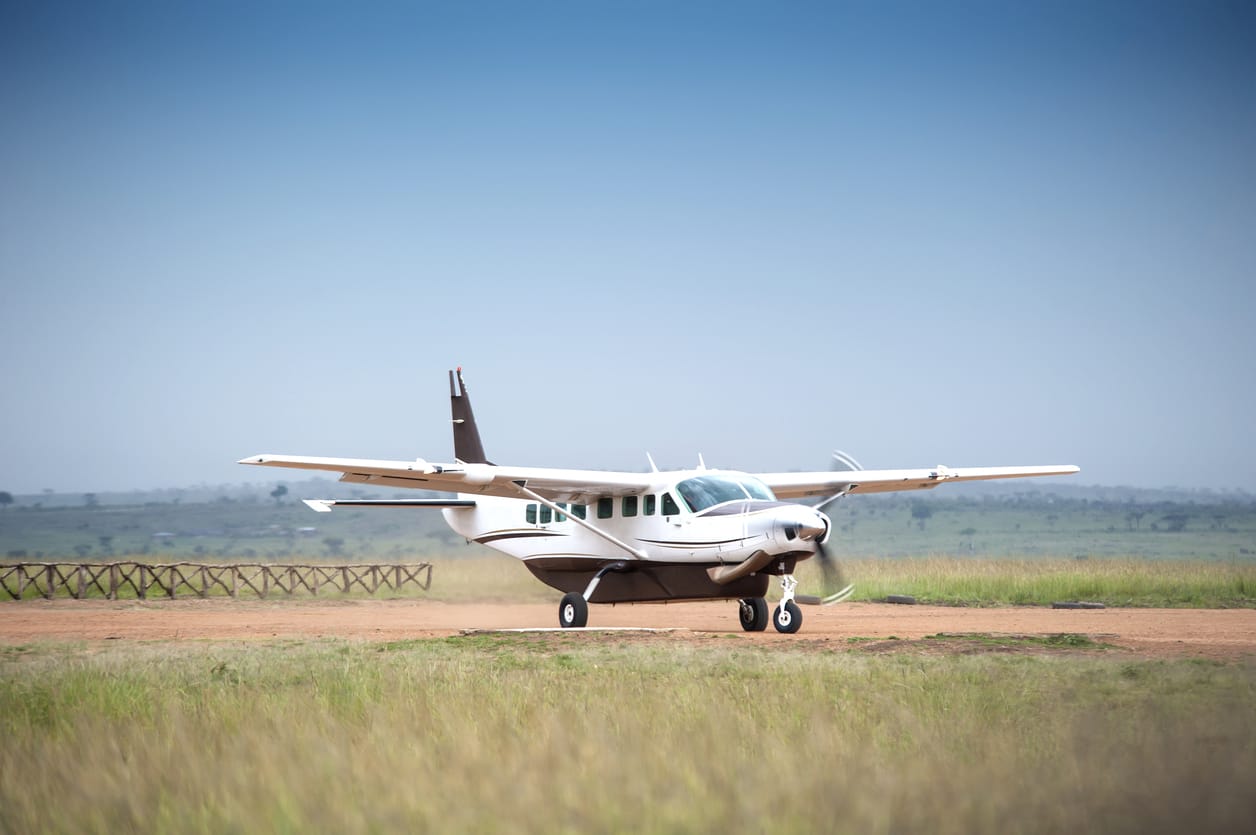When flying, it’s important to know the difference between AIRMET vs SIGMET, and what to do when alerted of one. Here’s what each pilot should know.
[lwptoc title=”CONTENTS:” labelHide=”hide” float=”none” titleFontSize=”30px” itemsFontSize=”18px” skipHeadingLevel=”h3,h4″]
One of the first aspects about aviation that student pilots usually learn is that weather awareness is a massive aspect of flight.
Looking out the window at what is happening at the airport does not even begin to scratch the surface of what is necessary. Even if just taking a turn in the airport’s traffic pattern, the pilot must consider temperature, wind speed, cloud cover, and the possibilities of ice and rain.
This becomes even more pronounced if the pilot plans to venture beyond the airport, and a multilayered decision when it comes to taking a cross-country trip (any flight over 50 nautical miles from the point of departure.)
AIRMET vs SIGMET
Understanding the importance of AIRMET and SIGMET is just a small part of this.
Every safe pilot studies the issuance of an AIRMET or a SIGMET with appropriate gravity. Crews and flight dispatchers often rely on visual, graphical, or map-based representations of AIRMETS and SIGMETs to help them visualize the areas of concern.
Pilots should not panic when they are alerted to an AIRMET or SIGMET. The presence of an AIRMET does not call for an automatic cancellation. It might instead mean that a route should be altered or the flight simply delayed.
However, AIRMETs should give even the most experienced pilots pause. They are a substantial safety and meteorological factor in planning any flight.
On the other hand, a SIGMET should at least raise the question of a longer delay, re-routing, or even cancellation.
All About AIRMETs
AIRMET stands for Airmen’s Meteorological Information.
They are issued by the Aviation Weather Center (AWC) as necessary. An AIRMET warns pilots of potentially hazardous conditions. In general, they most often affect pilots who fly light twins, sport airplanes, or single engine aircraft. Student pilots, those with less experience, and aviators who fly under VFR (Visual Flight Rules) are usually most affected by AIRMETs.
However, pilots of larger, more powerful aircraft must take AIRMETs seriously as well.
An AIRMET is a brief discussion of the state of the weather which might affect a specific air route. AIRMETs usually describe “wide-ranging” or somewhat less severe weather a pilot might encounter. These usually include reports or possibilities of icing, minor to moderate turbulence, lessened visibility, thunderstorms, and winds which are sustained at greater than 30 knots.
The conditions described by an AIRMET are not local. These must be widespread to merit mention (widespread in this instance meaning a minimum of three thousand miles). It is generally understood that since meteorological conditions can increase in severity or lessen rapidly, pilots may encounter these conditions in just a small portion of area mentioned in the AIRMET.
After an AIRMET is issued, it is usually considered “in effect” for a period of six hours. When conditions undergo a sustained change during forecast period, they are amended, canceled, or changed in concert with the issuance of a SIGMET.
An AIRMET can also be extended if the AWC deems it necessary.
Types of AIRMETs
Since AIRMETs cover large areas, they are generally not named based on specific geography.
Instead, when an AIRMET is issued by national weather service, it discusses potentially hazardous weather phenomena. These are the categories:
AIRMET Sierra (IFR, or Instrument Flight Rules)
This refers to when ceilings are less than 1000 feet.
This AIRMET is an “and/or” situation; visibility might also be less than three miles in an area greater than 50% of the 3000 mile zone.
This AIRMET should be taken extremely seriously in places where takeoffs, landings, and cruise flight involves potential land features.
Mountain obscuration might take place in an AIRMET Sierra area.
AIRMET Tango
An AIRMET Tango warns pilots of turbulence.
It communicates either that weather conditions might contribute to turbulence, that turbulence has been reported, or that sustained winds of at least 30 knots have been observed at the surface.
This does not just mean that pilots or passengers who get queasy with a few bumps should stay on the ground.
Turbulence can be dangerous, as it can contribute to loss of control of the aircraft or injury from unsecured items.
AIRMET ZULU
The release of an AIRMET Zulu means that conditions are ripe for freezing or moderate icing.
Since AIRMETs are issued as deemed appropriate, they might seem to be released continually throughout the winter months in areas where the weather is harsh.
However, even if a crew is standing in 80-degree heat and an AIRMET Zulu is issued, it should be noted and taken into consideration. Icing can take place at freezing levels at high altitudes even in the summer months.
Pilots should always take into account the whole route of a longer flight.
All About SIGMETs
SIGMET stands for Significant Meteorological Information, and affect all aircraft.
These denote more severe weather conditions than AIRMETs. SIGMETs are generally issued for shorter periods than AIRMETs. They usually expire after four hours. While SIGMETs also cover a minimum of 3,000 square miles, they are concerned with fewer and more rare areas of significant meteorological information or phenomena. When a pilot sees a SIGMET posted for his or her route, he or she should consider it a red flag on the safety of the journey. A SIGMET Outlook, consisting of a two-hour forecast window, also requires attention.
Types of SIGMETs
Convective SIGMETs
A convective SIGMET warns of severe storm activity.
This type of SIGMET covers dangerous lines of thunderstorms, heavy rain which affects at least 40% of the SIGMET zone, and even tornadoes. Hail of at least ¾ of an inch may be involved, as well as wind shear. Because sustained strong winds usually accompany severe thunderstorms, sustained speeds of at least 50 knots may be part of the SIGMET.
Dust Storms, Sand Storms and Volcanic Ash
These SIGMETs are issued not only because of the visibility challenges such phenomena can create, but because the particles can severely damage the engines of aircraft. Pilots should avoid flying through them even if visibility is not severely affected.
SIGMETs are not issued for non-convective icing and turbulence, because it is assumed that pilots understand that turbulence and icing can take place in convective weather conditions.
Differences Between AIRMETs vs SIGMETs
AIRMETs vs SIGMETs are two types of weather advisories issued to alert pilots about potentially hazardous conditions. Here are the key differences between the two:
Severity of Conditions
AIRMETs typically inform pilots about moderate weather phenomena that could impact smaller, lighter aircraft.
They are often associated with conditions that affect flight visibility, mountain obscuration, turbulence, icing, and sustained winds of 30 knots or more at the surface.
SIGMETs, on the other hand, are issued for more severe or extreme conditions that can affect all aircraft, such as severe turbulence, surface winds, severe icing conditions, dust storms, sandstorms, volcanic ash, or severe and extreme mountain wave phenomena.
Duration
AIRMETs are usually valid for 6 hours, while SIGMETs are often valid for 4 hours.
However, SIGMETs related to volcanic ash and tropical cyclones are valid for up to 6 hours.
Geographical Coverage
AIRMETs cover a larger geographical area, such as an entire forecast region.
SIGMETs, on the other hand, are usually issued for a smaller, localized area where the severe weather event is occurring.
Frequency of Issue
AIRMETs are routinely issued three times a day, while SIGMETs are issued as needed when certain weather criteria are met.
Type of Aircraft Affected
AIRMETs are primarily for small aircraft and general aviation, while SIGMETs are for all aircraft.
LOVE FLYING?
YOUR AERONAUTICAL CAREER AWAITS
661-615-5915 GET IN TOUCH TODAY
Ready to soar in your aviation career?
Mr. Matthew A. Johnston has over 23 years of experience serving various roles in education and is currently serving as the President of California Aeronautical University. He maintains memberships and is a supporting participant with several aviation promoting and advocacy associations including University Aviation Association (UAA), Regional Airline Association (RAA), AOPA, NBAA, and EAA with the Young Eagles program. He is proud of his collaboration with airlines, aviation businesses and individual aviation professionals who are working with him to develop California Aeronautical University as a leader in educating aviation professionals.












The aviation industry is a richly knowledge based industry and I am really interested in learning more about airmets and sigmets is an observer and forecaster in the flight information regions.
short an informative. Thank you.
Thank you, Josue! We’re glad you enjoyed the article!